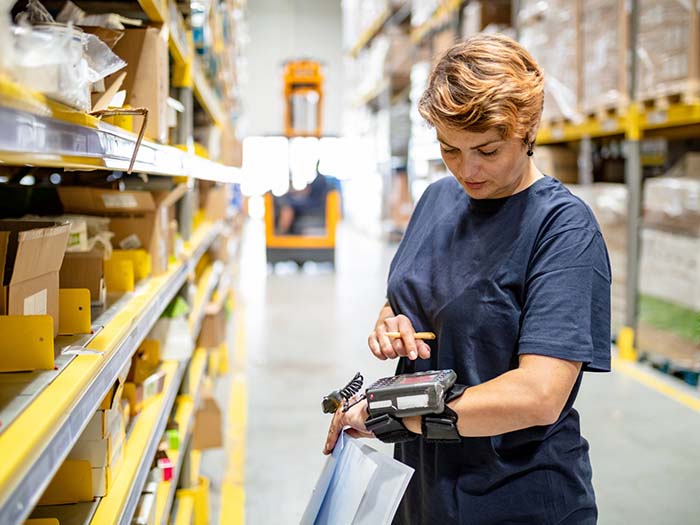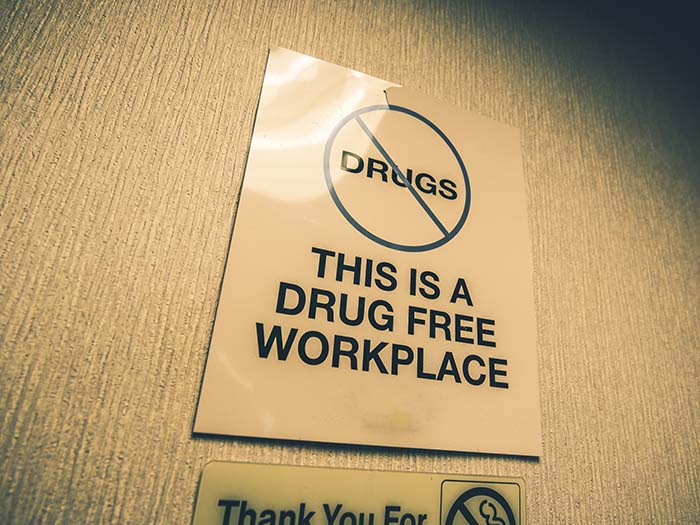How Integrated Clinical and In-Home Wellness Technology Solutions Prevent and Treat Musculoskeletal Injuries

Musculoskeletal injuries — which include any pain stemming from bones, muscles, ligaments, nerves, or tendons — account for 30% of all workers’ compensation costs, per 2020 Bureau of Labor Statistics data. The direct costs of musculoskeletal disorders totaled $50 billion dollars, reporting from Occupational Health and Safety Magazine found in 2020.
“The costs manifest themselves really apparently in the workers’ comp industry,” said Jay Ross, senior vice president of product with Bardavon Health Innovations.
“Even a soft tissue injury where somebody’s just out of work for a short period of time can directly cost $70,000.”
New technologies have emerged in recent years to help prevent and treat musculoskeletal disorders. Wearable sensors, apps and other tools are helping workers move safely, while teaching them how to condition their bodies to meet the demands of their jobs.
When these tools are integrated with clinical services, they enable clinicians to create customized treatment plans, helping workers get back to work faster and reducing workers’ compensation costs.
Fully Integrated, End-to-End Technology Solutions for Musculoskeletal Disorders
Over the past five years, a number of new, workers’ compensation-oriented tech tools have come to market that can prevent and treat musculoskeletal injuries.
Wearable sensors and exoskeleton technologies are monitoring how workers are lifting in order to ensure they’re moving safely. Industry leaders have embraced digital injury prevention and wellness solutions that monitor conditions ranging from diabetes to musculoskeletal disorders — improving employee health both at home and on the warehouse floor.
However, these solutions are often developed and work in silos. One set of sensor and apps monitor a worker while on the job, and a separate set would help them address aches and pains they are feeling at home. The two wouldn’t share data with each other or with clinicians, like an onsite physical therapist, in the event of an injury.
“Digital solutions at work, at home, or in clinic have been historically disconnected,” Ross explained.
These isolated technologies may work well for treating some types of conditions, but musculoskeletal disorders really require a comprehensive solution.
A worker may experience old injuries that continue to bother them for many years — say a rotator cuff strain from playing high school baseball. It can act up at home or at work, which is why it’s important for home health apps to share data with wearable technologies that are used in the workplace and with the on-site clinicians some companies employ. That way, everyone has a full view of the worker’s health.
“People with long standing or chronic conditions that occur from normal wear and tear or from a prior injury can manifest as an on-the-job injury. Intervening when high-risk movements are detected at work or at home are key,” Ross said.
“For musculoskeletal disorders, it’s really about looking for an all-encompassing solution. There are some technologies that are available just for clinics. There’s some that are available just for at home. You need to look for a solution that offers both.”
Preventing Injuries, Customizing Treatment
Integrated workplace and at-home wellness tools can help prevent musculoskeletal injuries at any stage of an employee’s career.
For new employees who may not be used to the physical demands of the job, wearable technologies and home health apps help them understand what muscle pains are a normal part of the physical demands of a new job and which are cause for concern. The apps and wearable sensors can offer them basic conditioning exercises to be done at home to make their bodies stronger.
“We hear a lot of stories about younger people entering the workforce, going to work at a local warehouse that does distribution, and for the first time in their life, going home with a bunch of aches and pains. They assume it’s abnormal,” Ross said.
“A lot of people quit when they have those aches and pains. They believe they’re going to injure themselves when, usually, it’s just normal work conditioning. For example, like if you start to train for a new sport, your first few days are going to be hard. You’re going to be exhausted. You’re going to be sore.”
Employees at all stages of their careers can benefit from end-to-end technology solutions designed to prevent and treat musculoskeletal injuries. Wearables can flag when a worker’s movement could cause an injury, employers can then recommend preventative physical therapy treatments and home health apps can help encourage the employee to complete those exercises.
Given how common musculoskeletal disorders are, preventing even a few of these injuries can result in a high return-on-investment for employers who choose to implement these technological tools.
“If you just save one injury with whatever solution you put in place, you can save about $200,000 a year,” Ross estimated.
In the unfortunate event an injury occurs, a clinician can use the data collected both from workplace and at-home technologies, giving them a better sense of a particular individual’s duties so that they can develop a custom treatment plan.
Current industry practices tend to be a bit siloed. New digital tools bridge this divide, promote individual treatment models and encourage healing through the use of recovery apps that guide workers through the process and remind them to complete their exercises.
“Today, our health care providers operate without that information. They’re not aware of what the worker actually does. They typically are limited to knowing how many pounds they have to lift,” Ross said.
“If a worker gets injured, all that history of everything they were doing is also available to their doctor and their treating physical therapists, so that they can understand what was going on with this patient and what type of job they do, and what level of effort that job requires.”
Ensuring Employee Buy-In
For employers to see the full benefits of integrated, end-to-end solutions for preventing and treating employee musculoskeletal disorders, they must ensure employee buy-in.
Workers may worry about how wearable technologies or home health apps are collecting and sharing their data. If they’re fearful of these tools, they’ll be unlikely to wear any devices or make use of any apps.
“For the employees, you need to demonstrate that not only is this technology easy to use, not only is it unobtrusive, but it’s not doing anything to affect privacy, and it’s here to help you,” Ross said.
“Employees who are going to be monitored in some way assume it’s going to be a punitive process. They assume by default that it’s not about keeping them healthy, it’s about identifying that they’re not working correctly. Employees may even be fearful that they could be fired, but this is absolutely not the case.”
When employees believe wearables and recovery apps are meant to help improve their health, they will be more likely to use these tools in the workplace. Then, if they’re injured, clinicians will be able to work with data from the devices to help them heal faster and create individualized treatment plans.
Clinicians can also use digital recovery at-home home health apps to ensure that injured employees are on-track with their recovery. Historically, workers’ comp has struggled to get workers to complete their recovery exercises at home, but apps can send workers push notifications, reminding them to complete their activities and track their progress.
“It’s very easy for an injured worker to show up to their physical therapist and say, ‘yeah, I did everything I was supposed to do at home.’ It’s another thing for them to actually do it. The digital recovery app really helps that aspect of it, getting the patient to check in every day, do a few lightweight activities, and then have that data go back to the clinician so they’re aware that that employee was actually engaged in doing their activities,” Ross said.
Workplace digital solutions that empower workers to take better care of their musculoskeletal health both at home and on the job are rapidly becoming the norm in workers’ comp. When these tools are partnered with in-person provider support they can create engaging, personalized paths to recovery, that put workers on a faster road to healing. &











